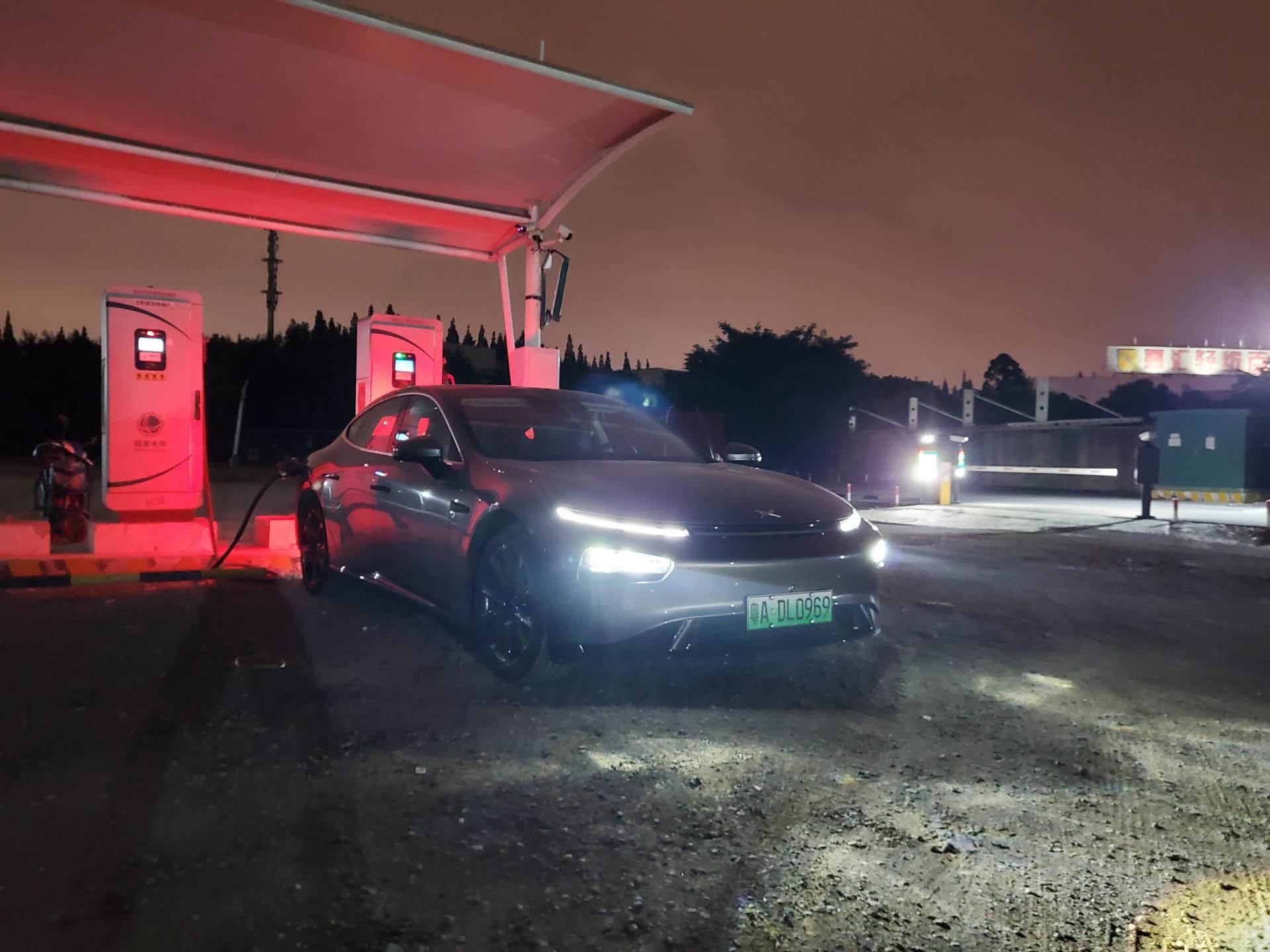Since graduating and working in Beijing, with the support of my parents, I became one of the first batch of people to buy Tesla Model 3. As someone with a geeky tendency since childhood, I have never once regretted my decision to purchase this car. The abundance of power, extremely low vehicle operating costs, user-friendly interactive interface design, and the most powerful advanced driving assistance capabilities currently available, are all reasons why I still love this car.
Like me, I also graduated and started working in Beijing. A few days ago, I received my company’s two-year work anniversary email. Although I often travel back and forth to Shanghai and its surrounding areas, these business trips are usually scheduled tightly, and I have missed visiting my parents’ home “three times” on a few occasions. They thought that children should have their own lives, so they do not come to Beijing often, nor have they ever ridden their own car that they bought with their own money. However, the recent incidents of “fake news” in Henan Province have made them very concerned.
Therefore, when I received the invitation for the “XPeng P7” one-week test drive event at 42 Garage, my first thought was great! I can take my parents to experience “electric vehicles”, “advanced driving assistance”, and spend a few days together again.
Let’s talk about the car first. This is not my first encounter with the “XPeng P7.” Before the NGP push, I borrowed a friend’s car and drove it for a week; after the push, I begged and tried the car for many days. However, my previous experiences were all in Beijing, and NGP was almost unusable within the fifth ring road. Therefore, this is indeed another opportunity for me to truly experience NGP.
On Thursday night of last week, with a bit of traditional Huangmei rainy season, I arrived in Shanghai. Marveling at how bustling Shanghai is, I ate a hamburger and hurried to pick up the car at “42 Garage.”
After some checks and communication, I picked up the car and started the journey home.
It has been a long time since I have driven in the city area of Shanghai, I think it was the last time during my undergraduate years.
Finally, I had the chance to use the navigation assistance driving function in the city area. The last time I had tried it was in a friend’s NIO car in Shanghai.
After driving onto the Yan’an Elevated Road, I turned on NGP on the main road. NGP drove the XPeng P7 on this familiar yet somewhat unfamiliar road. It was after 8 pm on Thursday evening and there were not many cars on the road. After completing several lane changes, NGP navigated through a steep curved ramp and entered the Jiamin Highway.
My parents live in Songjiang Old Town, a city and rural area with average development. I thought that since it is still in Shanghai, charging should not be a problem. However, after getting off the highway and using the XPeng P7’s built-in map, there were only two charging stations near my parents’ home. I chose the one that was more convenient on the way.Arriving there, I found a huge parking lot filled with buses and large vehicles, but fortunately, no one was occupying the charging station for electric cars. Great! In the dark and windy night, I connected my car to the “State Grid” charging pile. The charging speed was only 30 kW, a bit slow, so I sat in the car and played with my phone. The XPeng car’s built-in multimedia system pushed videos during the charging period, which was very user-friendly.
However, I still hoped that the self-built charging station could achieve a high-density charging experience similar to Tesla, maintaining a consistent and high-speed charging experience wherever it is located. The “State Grid” charging pile is really unreliable.
After charging to a range of nearly 400 kilometers, I thought that I could replenish some electricity on the highway and then drive back home because the second day’s journey was probably less than 400 kilometers.
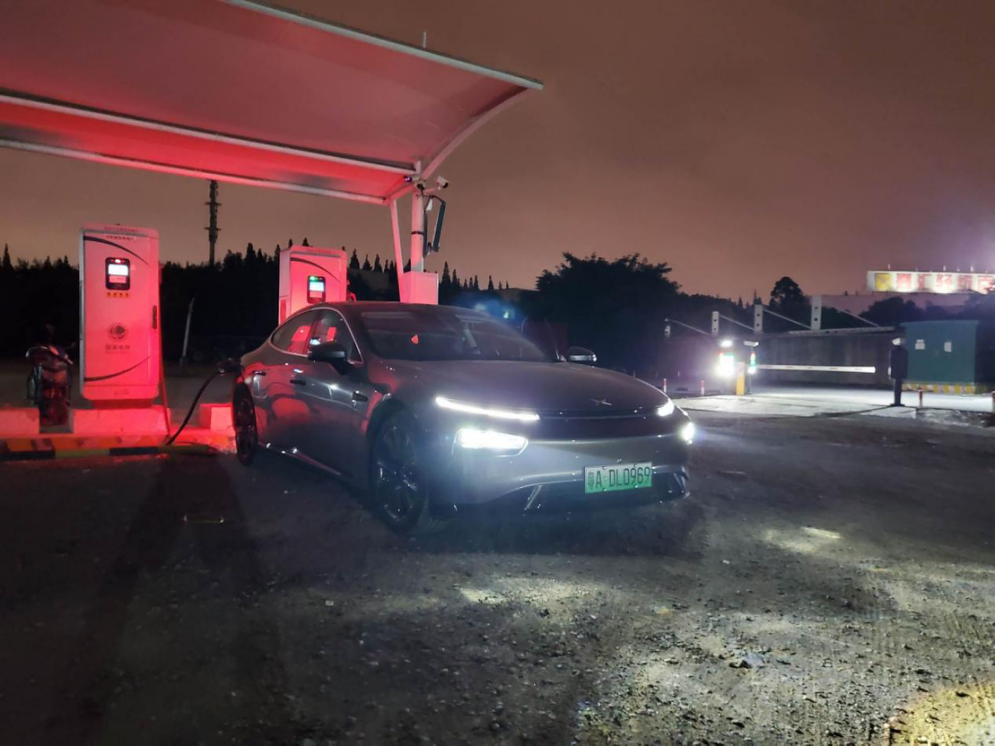
The next day, I set off in a drizzle, heading to my first destination, Siming Lake. Just past the toll gate, I double-clicked to try to turn on NGP. Unfortunately, the activated LCC did not automatically upgrade even when merging into the converging zone. This is a disadvantage. After manually merging onto the main road, I turned on NGP.
As the rain gradually increased, NGP automatically lowered the target cruising speed by 10 km/h. However, I found some minor issues. Once I controlled the car laterally or took over and restarted, it would go through a process of setting the road limit speed as the target cruise speed and then automatically reducing it by 10 km/h several minutes later. It was a bit inconsistent.
When NGP encounters large vehicles or buses, it will slightly approach the other lane line to avoid them. The triggering action is very stable, but there are also some minor issues. The avoidance action is always slightly delayed. Often, it triggers when the car is already halfway past the large vehicle. When triggered, it does not take into account the other side’s vehicle, and there was a dangerous moment when the other side’s vehicle came too close to our car and also had to avoid it.
My parents were very interested in this “Assisted Driving” and kept commenting and observing its behaviors. “This lane change is good!” “This lane change is a bit unreasonable, why?” like this.
In addition, since NGP heavily relies on data support from “high-precision maps”, scenes where it is downgraded to LCC frequently appear on the road. Then, I imprecisely felt that before each downgrade, it first required the driver to take over, and then it would automatically reduce the target cruising speed of LCC during the downgrade. The experience was like a “sudden” brake. The experience was very discontinuous and a bit dangerous in case of rear-end accidents. I recommend that it be possible to achieve a smooth and automatic downgrade to Autopilot, just like “Tesla”, and then to a seamless continuous experience like NOA.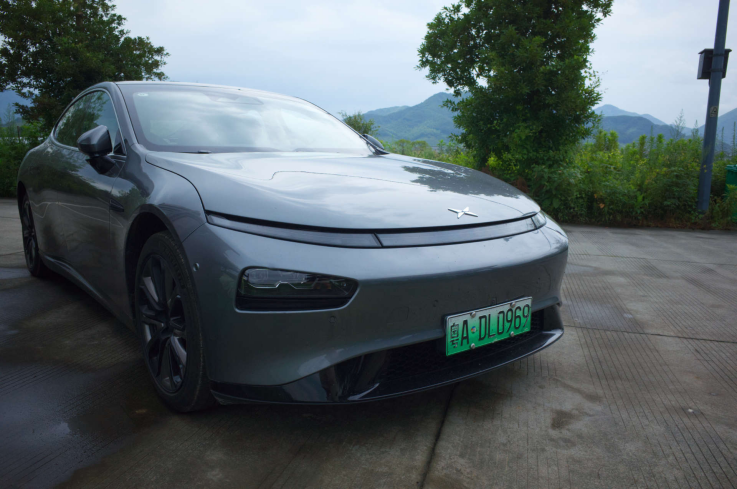
It’s very comfortable by the Siming Lake. We parked the car near the lakeside and grabbed some food there.

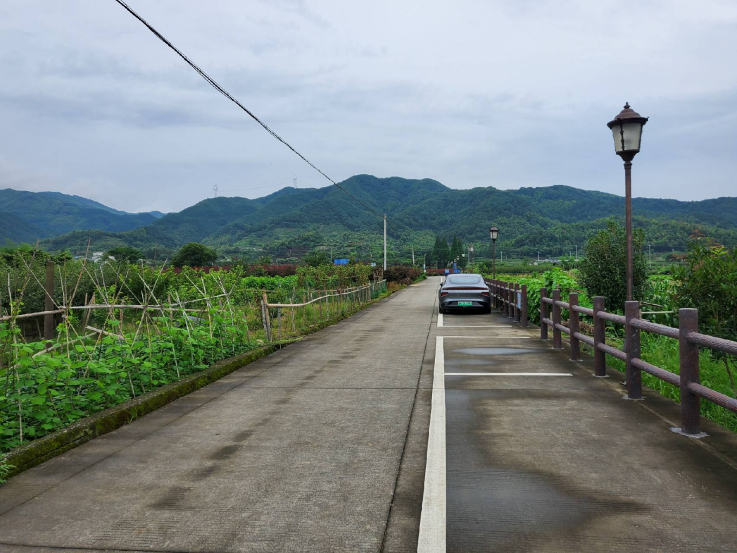
After sitting for a while, we needed to head to Ningbo. The car still had over 100 km of range left. We decided to charge the car at the rest area on the highway, which turned out to be a wrong decision. The good news is that after entering the highway, the XPeng car detected the low range and lowered it into eco energy-saving mode. The bad news is that there was no charging station at the first service area, and the charging station at the second one disconnected every 2 minutes. After plugging and unplugging the charger for 5 or 6 times, we only added around 30 km of range. We decided to give up and headed straight to the hotel.
At the hotel, there was a third-party fast charging station called “Zhuoyue Green Garden”, which was very excellent.
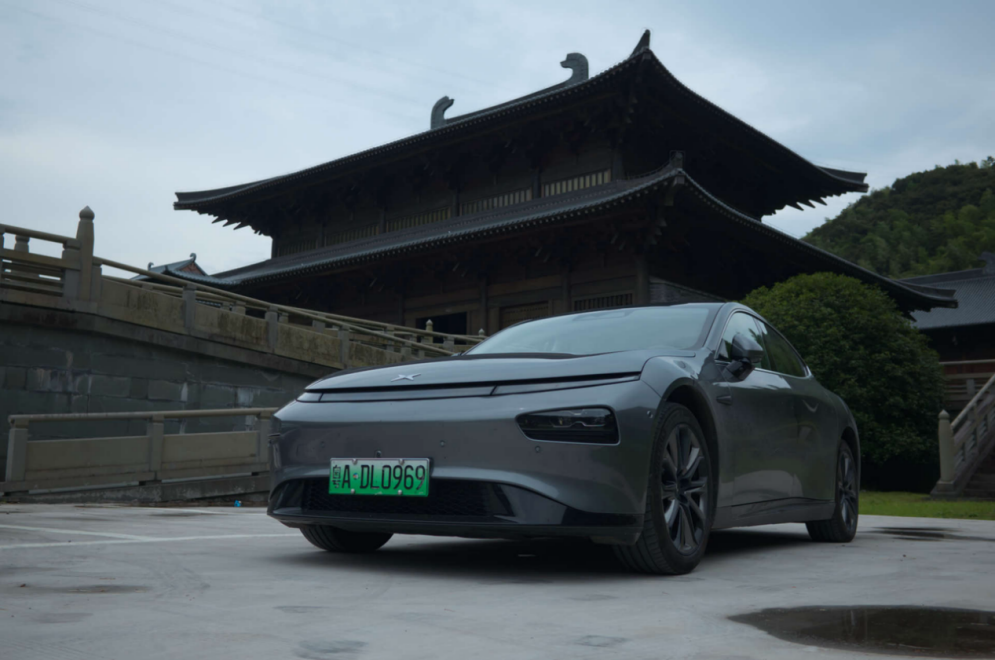
The next day, we randomly visited a temple and started our return journey. On the way back, the XPeng car crossed the Hangzhou Bay Bridge with the NGP, and it was an exceptional experience.
Let’s talk about the NGP in detail:
The NGP performed well in the cruise control on the single-lane highway, and it was not a problem for several high-speed turns regardless of sunny or rainy weather.
The source of the XPeng’s road speed limit information was not very clear, and it was unstable. Occasionally, there was a problem of reducing and then increasing the speed limit by 20.
After initiating autonomous lane changing, I couldn’t find a way to cancel it, and at times, I had to take over the car myself when I was concerned with unsafe lane change. It affected the continuity of use.
Sometimes, after canceling autonomous lane changing, the NGP was still in the preparatory stage for lane changing, but it was not displayed on the car console. When the car changed lanes suddenly, it seemed sudden.
The reminder for the NGP’s hand-held steering wheel was too frequent, and the torque steering wheel sensing was not good, leading to a poor driving experience.
The NGP slowed down too early before leaving the main road, and it started to slow down 500 meters away from the exit, which was a bit scary and could easily cause the trailing car to rear-end us. The trailing car honked at us twice.Before NGP exits the main road, no matter which lane it is in, it initiates a lane change 2 kilometers in advance. Sometimes, if it stays in the second right lane, it’s a bit too early and ends up waiting behind slow-moving cars.
Although the perception interface is fancy, the trajectory line is too short. When NGP fails to change lanes, the navigation map is not visible, and taking over in time is essential to avoid going the wrong way.
Finally, I would like to thank XPeng Motors and Garage No.42 for giving me the opportunity to go out with my dear “Pengyou” and see the world. As my father said, domestic manufacturers have come a long way, and it’s pretty impressive. I believe it will be even better in the future!
This article is a translation by ChatGPT of a Chinese report from 42HOW. If you have any questions about it, please email bd@42how.com.
